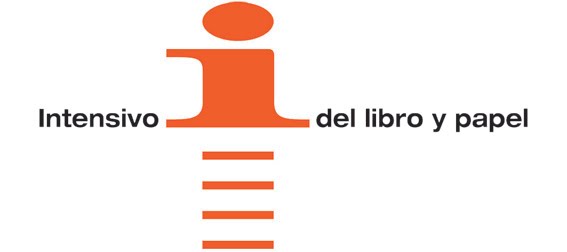My contribution to the collaborative paper and book project Pore Awë is a two-color sheet of handmade, hand-cut paper.
Using the deckle-box method of papermaking I added mud from the TAGA premises to a vat of naturally colored daphne fiber and water. Some bits of stone, leaf, and probably some bug parts and possibly even larvae make their way into the sheet. The mud not only colors the daphne a deeper shade of brown, differentiating it from the other sheets in the book, but it is also conceptually significant to the mythology. In the English translation of Pore Awë, the Yanomami “ate just earth until Pore taught them to eat bananas.”
Next, I pulled a sheet of bright orange daphne fiber, naturally dyed with tumeric (curcumin) and achiote (annatto, onoto). Using two fan-shaped leafs found on the premises of TAGA I created a shaped sheet using the blow-out method. The leafs are lightly pressed onto the wet pulp while it is still on the mould. Next water is sprayed around the leafs removing the pulp around them. The resulting shaped-sheet is couched on top of the mud-colored base sheet, forming one unified sheet of paper. Once pressed and dried, the paper is quartered, abstracting the original leaf form. Radiating from the corner of the sheet the orange shape references both the sun’s rays and a bunch of ripe bananas.
From in between the radiating lines, I cut almond-shaped bits of paper from the base sheet. The shape and orientation of the removed pieces are conceptually significant to the myth. In one respect they symbolize the rain that prompted the lost hunter Hõrõnami to seek shelter immediately before he discovered Pore Awë, the banana, and ultimately the power they both held. In another respect they symbolize the many holes I find in myths in general, and Pore Awë in particular. From my contemporary, Western, perspective, educated to question tradition and authority, raised to seek empirical evidence for given truths, the translated myth is wrought with inconsistencies and wreaks of superficiality, masking the real truth of the banana’s origin. Of course, as with all legends, there are essential truths buried under the layers of mythology, and to me the most intriguing part of these fictions is that they are a starting point for understanding historical realities. Uncovering these truths is beneficial to a greater understanding of humanity’s relationship to its environment.
Once bound, the sheet will cast light and shadows on the sheets before and after it, referencing the positive and negative energies inextricably linked to the transfer of knowledge and power.
-Maggie Puckett
-Maggie Puckett






No hay comentarios:
Publicar un comentario